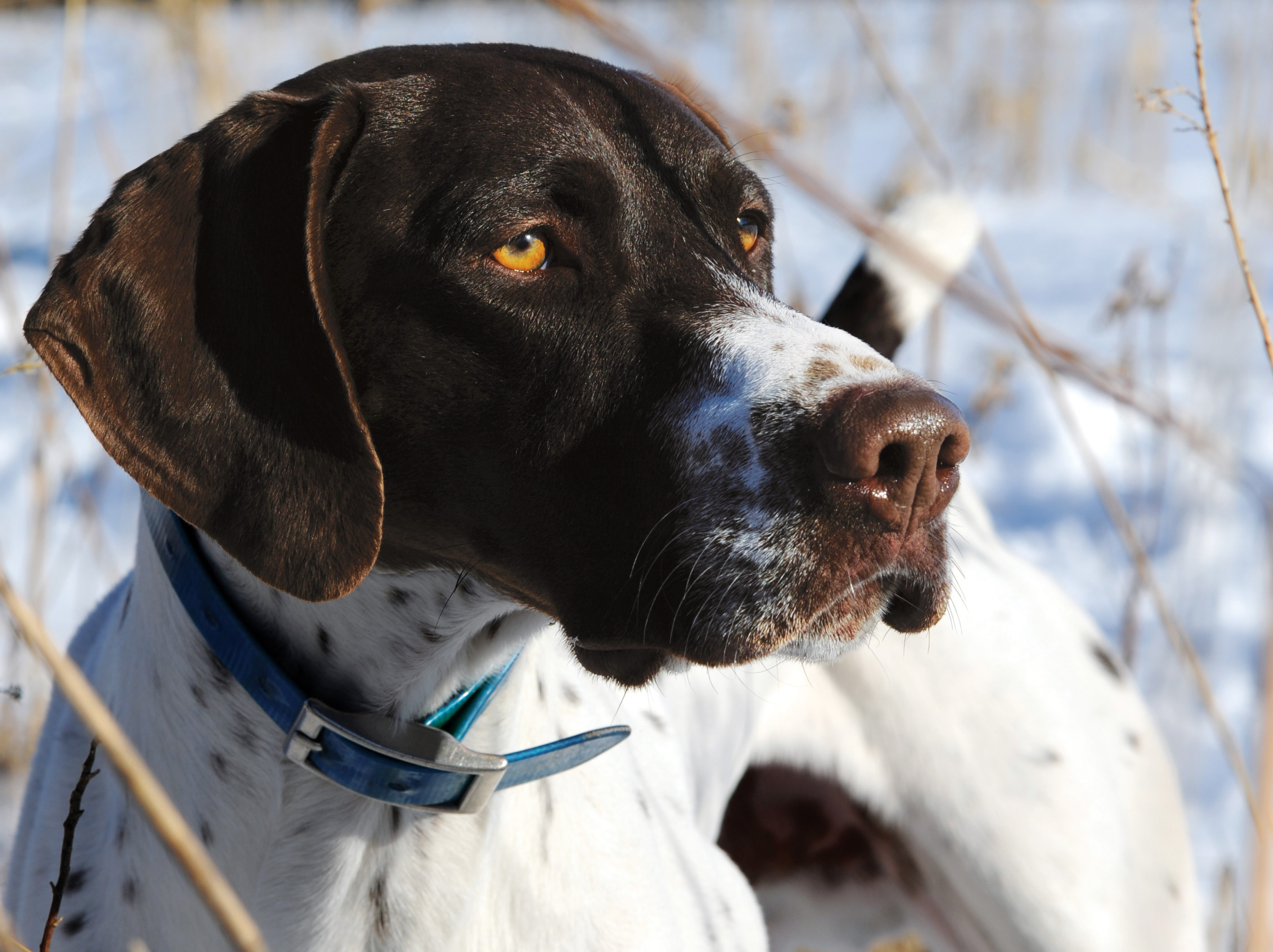As a lifelong hunter of upland game and waterfowl amid the snow-coated cattails in North Dakota every year with his German shorthaired pointers, breeder owner/trainer Clyde Vetter of Sharp Shooter’s Kennel in New Richmond, Wisconsin, knows a thing or two about cold-weather canine care. Follow Vetter’s tips on keeping your sporting dog safe in less-than-balmy conditions.
Gear Up
When it comes to keeping a dog warmer and drier, any added protection is better than none. Neoprene vests and dog boots can help shield a dog from the elements during a hunt or training session.
Know Your Dog’s Limit
Pay attention to your dog’s tolerance of cold weather. Do not overlook common signs indicating hypothermia, such as shivering, paleness, listlessness, and frostbite. Keep a close eye on puppies and senior dogs, as they cannot withstand wintry weather as well as dogs in their prime.
Give Me Five
Check your dog’s footpads regularly after outdoor exercise. Constant exposure to moisture caused by rain, snow, ice, or mud can irritate a dog’s footpads, causing skin damage, cuts and infection from bacteria or fungi. If a dog has cracked or bleeding paws, consult your veterinarian.
Skating On Thin Ice
Avoid putting your dog’s life in jeopardy by steering clear of frozen ponds, lakes or other bodies of water. You can’t be certain whether the ice will support your dog’s weight. If it doesn’t, the situation could be tragic.
Seek Shelter
After a chilly day afield, like you, your dog is ready to return to a warm home. Outdoor doghouses and kennels, preferably insulated and heated, should be off the ground with the door positioned away from direct wind and have thick, dry bedding. Inside shelter is vital when sub-zero temperatures prevail.
For more tips on keeping your dog healthy and happy, visit proplansport.com today.

